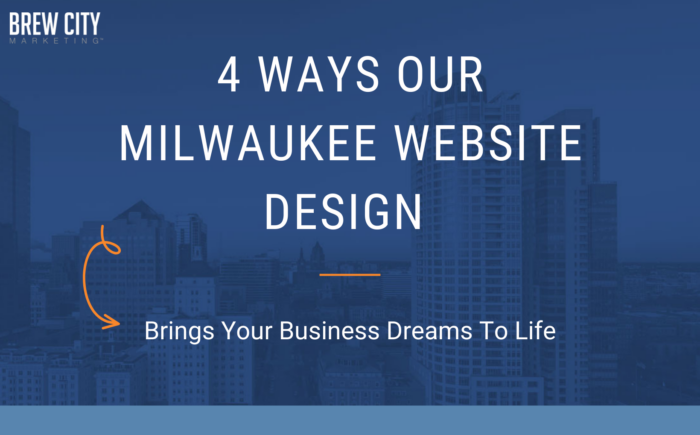Social media was once frowned upon in the workplace, but today many employers are encouraging their employees to assist in this important endeavor. Whether they are blogging, tweeting, posting or pinning, engaging on these sites in becoming vital to businesses today.
Even more important, monitoring these sites is crucial for success. Don’t believe me, just take a look at some of these monumental social media fails from 2014:
1. US Airways failed twice on Twitter last year, once with an inappropriate picture tweeted to a customer and again when an attendant refused to hang a decorated army veteran’s jacket during a flight. Both of these went viral in the Twitterverse.
2. When people posted complaints on Smuckers’ Facebook page about the use of GMOs (genetically modified organisms) in some of their products, the jam giant started deleting them and only made matters worse.
3. McDonald’s attempted to revamp their mascot Ronald and tweet under the hashtag, Ronald McDonald, but users took to bashing the clown’s new makeover, and new hashtags took on lives of their own.
4. When LG tried to berate the new iPhone, there was one little problem: It was discovered that the message was sent using an Apple iPhone.
Let’s take a look at some common problems and mistakes made on three different, popular social media sites, but first, remember that on each of these platforms, always use visuals. Pictures and photos are no-brainers on Instagram and Pinterest, but also using links to videos will get more engagement from users and will result in them being shared more often.
FACEBOOK FACTS
Size Matters – Speaking of visuals, it is important to use the correct pixel size of images depending on their proper location. For example, for a simple post, 1200 x 1200 works best, while the optimal size for a cover photo is 851 x 315.
Text Proportion – According to Facebook, no more than 20% of your cover should contain text. Also, experiment with different cover images to see which get the best results. This will also give your page a fresher feel to returning visitors.
The Extra URL – When you post a link on Facebook, the site automatically creates a visual, clickable image. Often business posters will include the actual URL text in addition to the image link, and this only shows social users that the company doesn’t understand the capabilities of Facebook.
INSTAGRAM INSIGHTS
Proper Hashtag Usage – We’ve all likely heard that when it comes to the use of hashtags, less is more. One is good, two is pushing it, three is overkill, and four is just ridiculous. But also, be aware of which hashtags are appropriate. Just as annoying as spam, businesses shouldn’t hop on board every hashtag topic in an attempt to be seen online. Stick with those that are relevant to your business or industry.
Don’t Push It – Instagram is not the place for making hard sales or pushing products, but rather a spot for viewing interesting and relevant images. Use Instagram appropriately, and try different approaches, like behind-the-scenes shots, pictures from events, picturesque images from vacations and photos of customers enjoying your brand, product or service.
PINTEREST POINTS
Stale Shots – Similar to Instagram, people aren’t necessarily on Pinterest for shopping, although this is a much better platform for showcasing products. But don’t use lifeless photos. For example, if you’re marketing clothing, showing a garment on a hanger is boring. Post a picture of someone wearing the item and having fun.
Color and Faces – Don’t just post photos without planning. Pinterest has found that the use of bright colors, backgrounds with white space, and the use of faces make for better engagement.
In closing, remember to monitor your social sites regularly and take a lesson from Smuckers: Don’t delete negative posts. If something is completely false or just a tasteless rant, people will see through it. When someone has an issue, problem or concern, respond to them positively. Offer a resolution or an apology when necessary. The user, along with the rest of viewers on social media, will see that not only did you take notice, but you also responded.
______________________________________________________________________________
Nick Rojas is a business consultant and writer who lives in Los Angeles. He has consulted small and medium-sized enterprises for over twenty years. He has contributed articles to Visual.ly, Entrepreneur, and TechCrunch. You can follow him on Twitter @NickARojas, or you can reach him at NickAndrewRojas@gmail.com.



